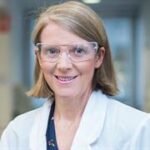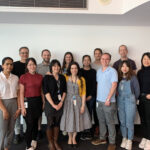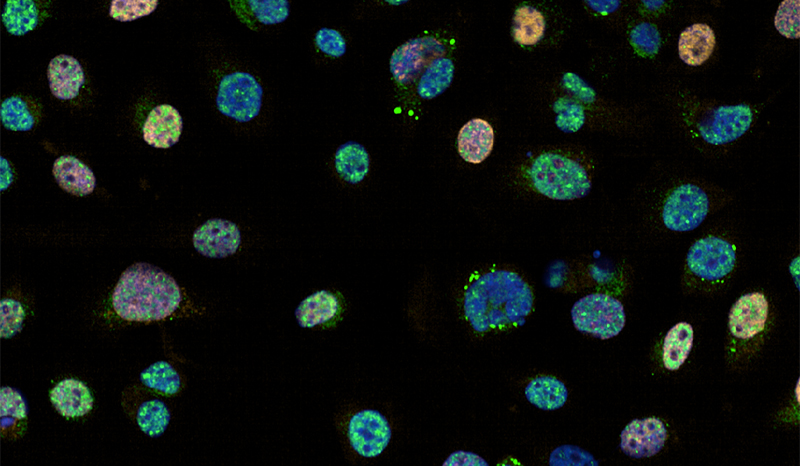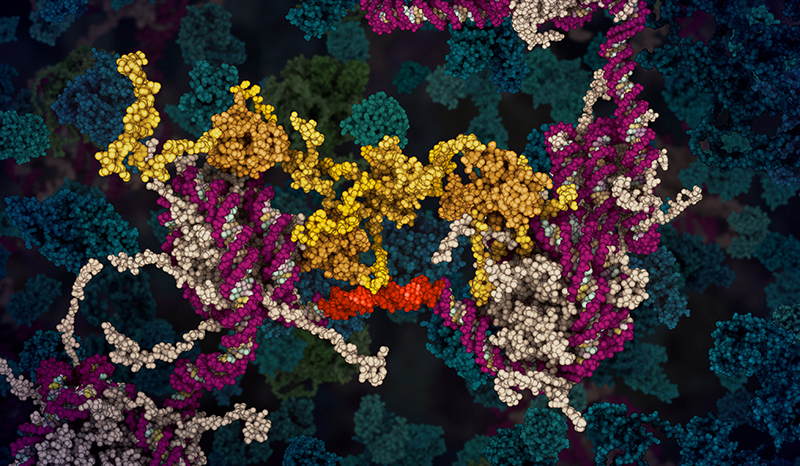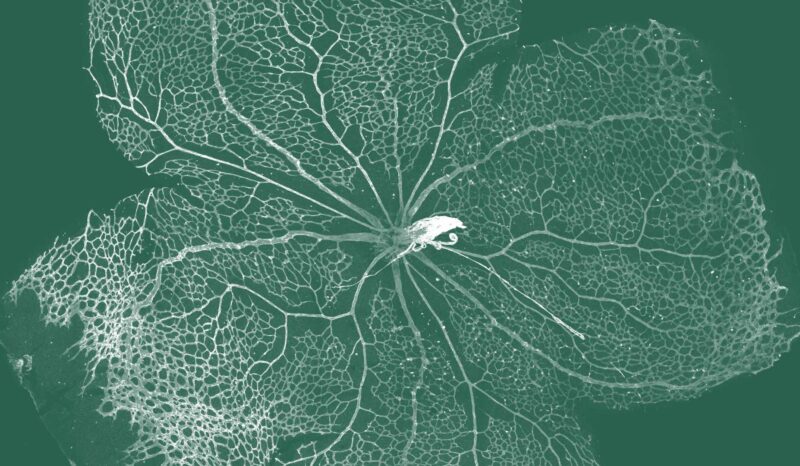Epithelial ovarian cancer is usually diagnosed after it has spread beyond the ovary or fallopian tube (metastasised). Most patients with epithelial ovarian cancers are treated with surgery, to remove tumour masses, and chemotherapy to kill remaining cancer cells.
Unlike many other cancers, survival rates for epithelial ovarian cancer have seen little improvement in the past 30 years. Only 45 per cent of patients will be alive five years after their diagnosis.
Stromal ovarian cancer and germ cell ovarian cancer tend to have better responses to chemotherapy.
More information about ovarian cancer treatments is available from Ovarian Cancer Australia and Cancer Australia.
WEHI researchers are not able to provide specific medical advice specific to individuals. If you have cancer and wish to find out more information about clinical trials, please visit the Australian Cancer Trials or the Australian New Zealand Clinical Trials Registry, or consult your medical specialist.




